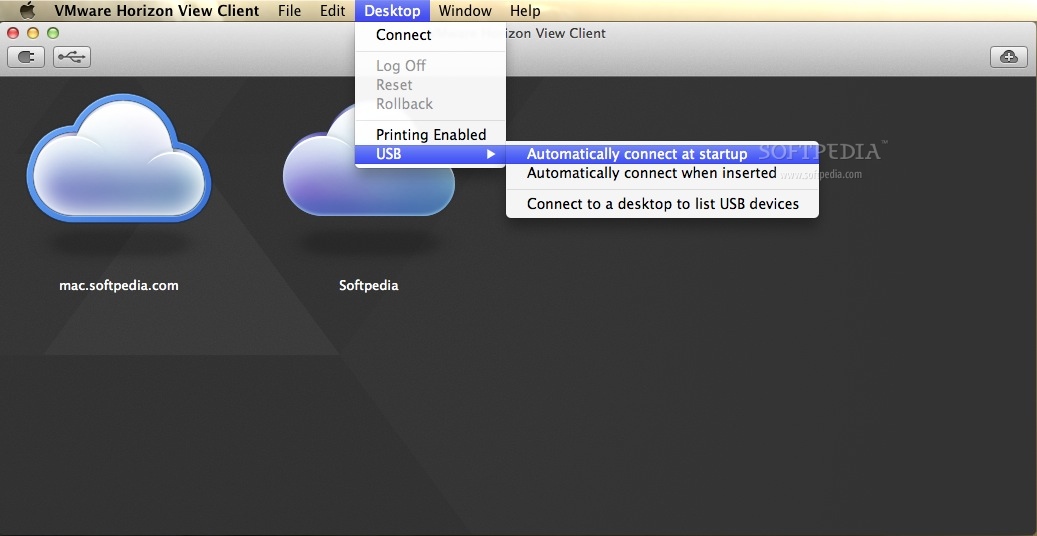

If set to "FALSE", the session is closed according to the timeout setting used in Horizon Console, which by default might be to disconnect after one minute. This message prompts the user to choose between disconnecting the empty session or keeping the empty session running. When set to "TRUE" (the default), if the application session becomes empty because the user quits all applications, a message is shown to the end user. Setting this property and the toConnectBroker property to "TRUE" is the equivalent of setting the view.nonInteractive property to "TRUE". Setting this property and the toConnectDesktop property to "TRUE" is the equivalent of setting the view.nonInteractive property to "TRUE".Ĭonnects to the last remote desktop used automatically unless the faultDesktop configuration property is set or the -desktopName= command-line option is used. To allow users to bypass the Login button when connecting to the last server used, set both this property and the view.nonInteractive property to "TRUE". Setting this property to "FALSE" deactivates the client from changing the Allow High Efficiency Video Decoding (HEVC) option in the VMware Horizon Blast Configuration window.Ĭonnects to the last server used automatically unless the faultBroker configuration property is set or the -serverURL= command-line option is used.

Using this command-line option, or setting the property to "FALSE", deactivates the Server text box unless the client has never connected to any server, and no server address is provided in the command line or in the preferences file.įor example: -lockServer -s If you set the configuration key, specify "TRUE" or "FALSE". Hides the host operating system and opens Horizon Client in full-screen mode on all monitors that are connected to the client system when Horizon Client starts. The final size of the cache cannot exceed half of the available RAM on the agent machine.The final size of the cache is the lesser of the value set here and the associated configuration of the agent machine.Use this option to set the maximum size, in kilobytes, of the Blast decoder image cache. Horizon Client Command-Line Options and Configuration File Keys Configuration Key For more information about VMware thin-client and zero-client partners, see the Horizon Client provided by third-party vendors. From the command line, navigate to the C:\Program Files (x86)\VMware\VMware Horizon View Client\DCT directory and enter the support.bat command.Important: Some command-line options and configuration keys are available only with the version of.

In the dialog box that appears, click Collect Support Data.



 0 kommentar(er)
0 kommentar(er)
